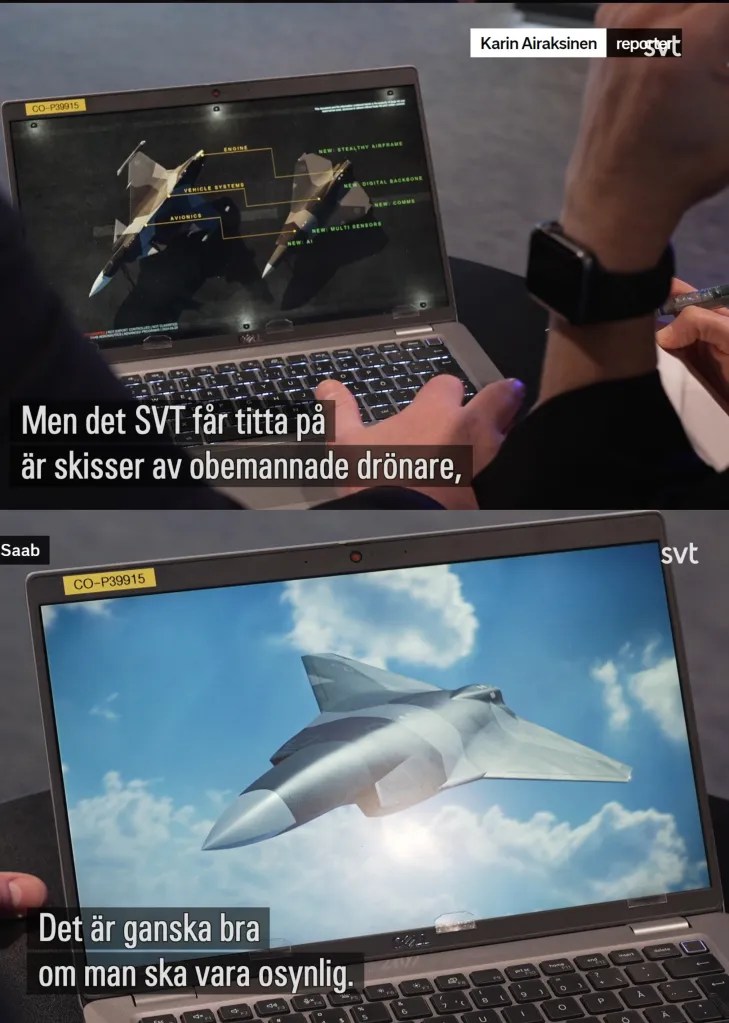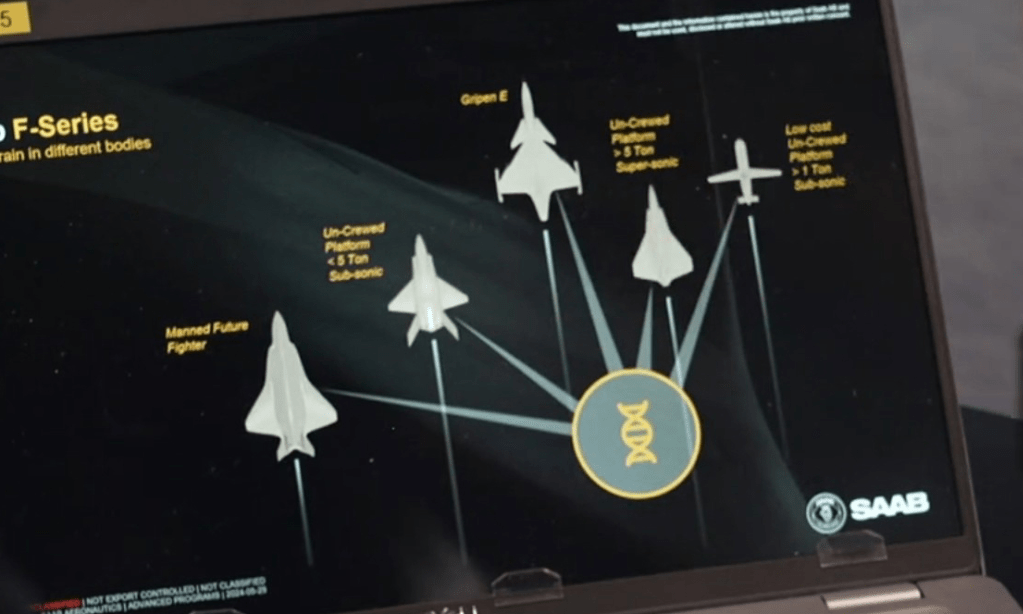Sweden Pushes Ahead With Future Fighter ProgramCrewed or uncrewed, or both, Sweden’s next-generation air combat program just got an important boost.Thomas Newdick
Updated Oct 20

Sweden has moved ahead with plans for a new-generation combat aircraft, with defense firm Saab having received an order for continued conceptual studies for future fighter systems. At this stage, however, it remains unclear if there will definitely be a crewed successor to the Swedish Air Force’s current Gripen fighter, or if the ongoing studies will lead to a combat air ‘ecosystem’ comprised of different types of drones. A combination of crewed and uncrewed platforms remains possible, too.
The Swedish Defense Materiel Administration (FMV) recently awarded Saab with the contract, worth around $276 million and covering the period from 2025 to 2027. As well as the FMV, Saab will work with the Swedish Armed Forces, the Swedish Defense Research Agency, GKN Aerospace, and other unnamed industry partners. The latest contract builds on a previous one signed in March 2024.
The new order includes conceptual studies for both crewed and uncrewed solutions as part of a ‘system of systems’ approach, as well as technology development, and undisclosed demonstrators.
“This order sets the next step on our joint journey in delivering innovative solutions to meet future operational needs of the Swedish Armed Forces and other customers,” said Lars Tossman, head of Saab business area Aeronautics. This statement confirms that Saab is also looking to export whatever platforms ultimately emerge from this development effort. Export orders would help to keep the program financially viable, a challenge we have discussed before. On the other hand, Sweden is in a somewhat unique position in terms of export opportunity, as Collaborative Combat Aircraft (CCAs) and uncrewed combat air vehicles (UCAVs) become items in demand with many air arms.
Within Saab, the next-generation combat aircraft program is known as the Future Combat Air System (FCAS). Confusingly, the same nomenclature is also used by rival British and pan-European future combat air initiatives. While they are all different, it’s worth noting that Saab was also previously involved with the British FCAS program, before stepping away from it.
Meanwhile, all these FCAS efforts feature a crewed fighter at the center, as well as a range of supporting drones and other advanced technologies, as part of a system of systems. The British and pan-European efforts are, however, working on a more aggressive timeline than Sweden’s.

Examples of a Computational Fluid Dynamics evaluation for an earlier Saab loyal wingman configuration. This one apparently features a stealthier engine exhaust. Saab via X
Late last year, Saab presented various concepts related to its FCAS initiative, including a potential new-generation crewed fighter and a series of drones intended to work alongside it.
A more unusual aspect of these interrelated concepts is Saab’s use of shared components across multiple crewed and uncrewed platforms. This includes a concept for commonality between the non-stealthy Gripen E crewed fighter and a stealthy supersonic uncrewed platform.
 Two views of the supersonic uncrewed platform in the F-Series when they were revealed in a TV documentary last year. SVT screencap via X
Two views of the supersonic uncrewed platform in the F-Series when they were revealed in a TV documentary last year. SVT screencap via XLeveraging existing technologies should help reduce program costs, accelerate development times, and reduce the maintenance and logistics burden once such systems are in service. However, this is just one possible approach, and, at this early stage, Sweden seems to be keeping its options open.
This would be in keeping with the overall ‘wait and see’ policy that Sweden appears to be adopting as it works out its next-generation air combat requirements.

...
https://www.twz.com/air/sweden-pushes-ahead-with-future-tactical-jet-program